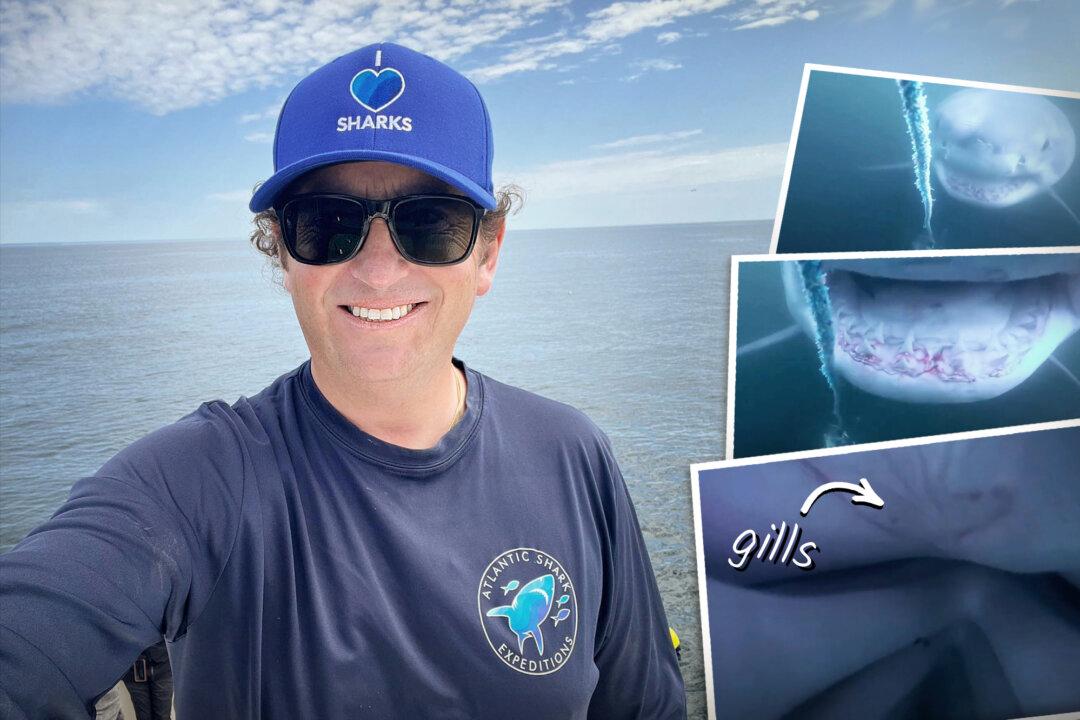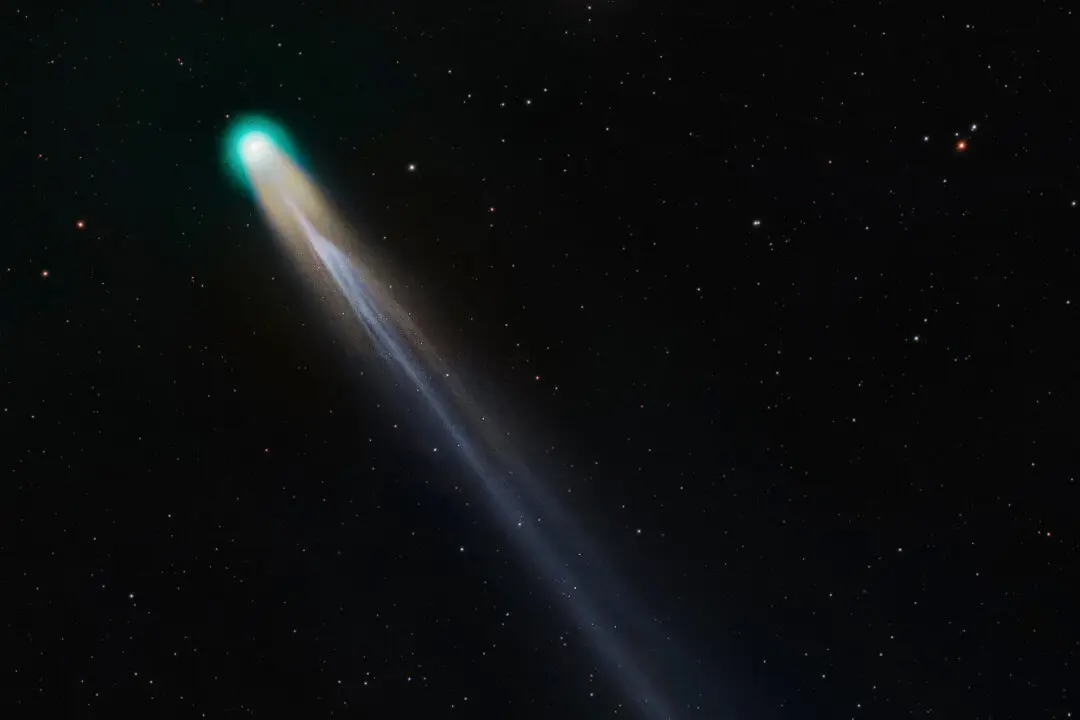Neil Hammerschlag was only 16 when he dove with live sharks for the very first time on a family vacation in the Bahamas. Scuba diving consumed his mind for almost the entire trip, and it became much more than a one-time jaunt.
A shark-sighting advertisement in a dive shop caught Hammerschlag’s eye, and actually set the teenager on his future career: studying shark behaviour and probing into the strange reasons why great whites are booming off coastal Nova Scotia today.





